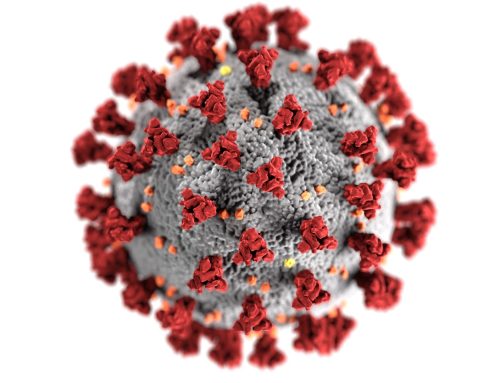Parents know that sending children to daycare or preschool does not come without a risk of germs – meaning frequent coughs, colds, and runny noses. And while the exposure helps strengthen their young immune systems, it’s helpful to know what to watch for. Here are the five most common “daycare diseases” and a few tips for treating them in your little one.
If your child is experiencing any of these symptoms, schedule an appointment with your local JCMC Pediatric or Family Practice provider right away.
Conjunctivitis (aka “Pink Eye”)
Pink eye is caused by the same virus that causes the common cold and is easily spread through human contact, specifically touching eyes. There are three types of pink eye – viral, bacterial, and allergic – with viral being the most common.
Common symptoms include red, burning, watery eyes and, in more severe cases, puffy eyelids, blurry vision, or sensitivity to light. A warm compress over the eyes can make your child more comfortable. Still, mainly due to the variation in causes of pink eye, it’s best to contact your pediatrician for treatment.
Gastroenteritis (aka “The Stomach Bug”)
Stomach symptoms can be caused by several different viruses, including norovirus, that children are frequently exposed to through unwashed hands. The symptoms of a stomach bug are well known – nausea, vomiting, diarrhea, and fever. In children, it’s also important to watch for signs of dehydration and lack of appetite.
Hand-Foot-Mouth Disease
This is a viral infection common in young children and highly contagious. It can be passed through contact with an infected person’s nasal/throat discharge, saliva, coughing, sneezing, and stool. Hand-Foot-Mouth disease is most frequently seen in daycares because of the constant diaper changes and potty training.
Early symptoms typically include a fever, mouth sores, and a rash on the hands and feet following a few days later. Generally, the disease is not severe and can be treated with Tylenol or Motrin, but it’s essential to consult your pediatrician before giving your child any medications.
Respiratory Syncytial Virus (aka “RSV”)
RSV presents much like the common cold in older children but can have much more severe implications for very young children, so it’s essential to keep a watchful eye on older siblings displaying signs of runny nose, coughing, sneezing, loss of appetite, wheezing, and fever. Children can be contagious for up to four weeks, and the virus is spread through direct contact with an infected person. The best treatment for RSV is hydration, but a provider should see babies six months old or younger.
Strep Throat
While strep throat isn’t as common in young children as the other diseases on this list, it can quickly be passed through siblings and parents. Strep causes fever and sore throat and sometimes presents with visible white patches on the tonsils and enlarged or swollen lymph nodes. The difference between strep throat and hand-foot-mouth disease is that throat pain worsens when the child swallows. If your child is experiencing symptoms, it’s best to contact your provider right away. They will order a “strep test” and often prescribe antibiotics.
If your child is experiencing any of these symptoms, schedule an appointment to get them the treatment they need to feel better, and be sure to contact their daycare for policies on returning to school following an illness.







